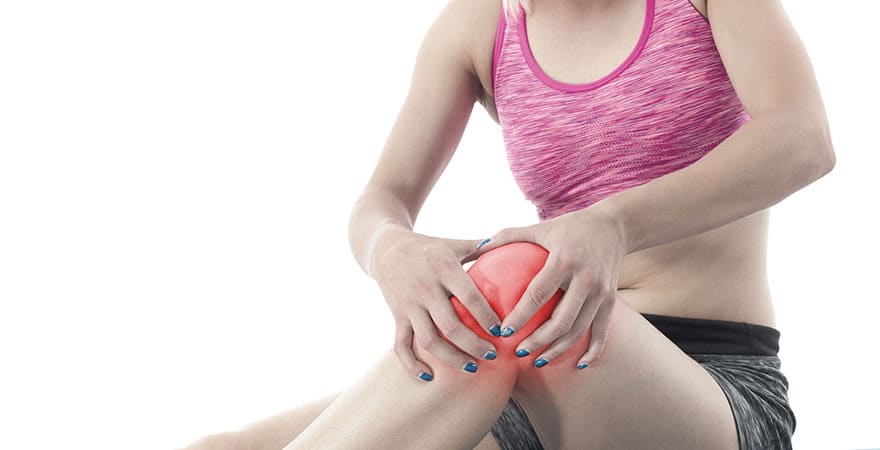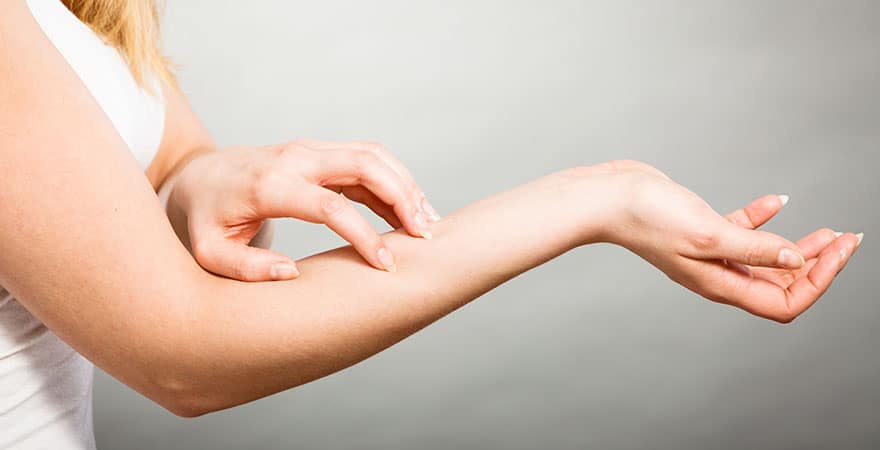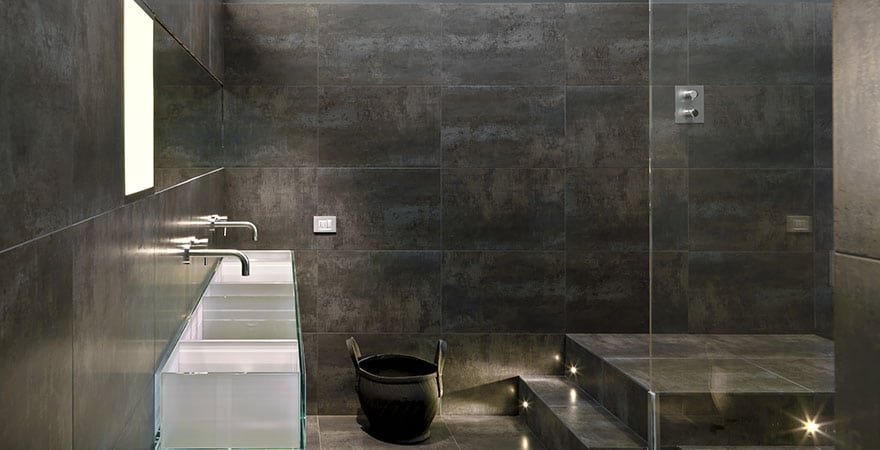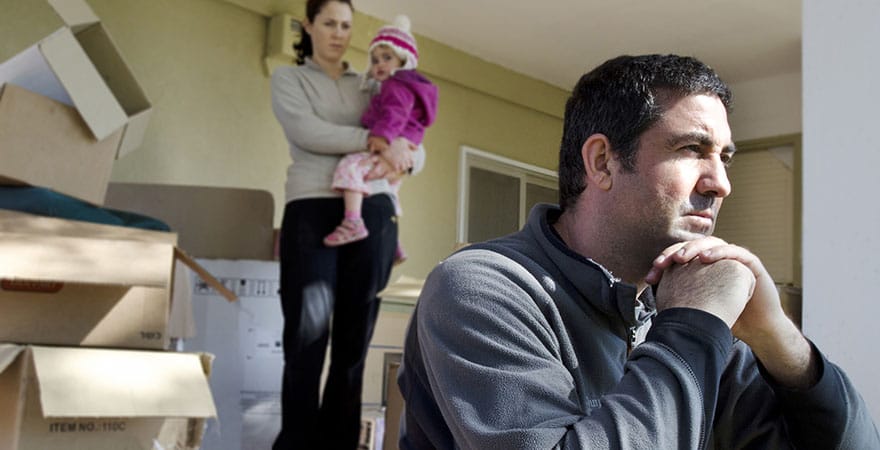Accumulation of excess fluid in the knee joint is the main cause for the formation of swollen knees which necessitates knee pain treatment. Such conditions are caused by overuse of the knee joint, or as the outcome of trauma or an underlying disease. Removing the excess liquid in the joint can result in the reduction of pain as well as stiffness of the joint. As soon as the knee injury doctor diagnosis the problem, treatments can be started.
Symptoms
Swelling: The skin above the knee cap becomes puffy and this can be noticed by comparing the normal knee with the affected one.
Stiffness: Excess fluid in the knee joint makes it stiff and bending or straightening the knee becomes difficult.
Pain: Depending on the cause of the of the knee swelling, it can be very painful, making it impossible to bear any weight on the knee.
Risk factors
Age: As age increase the chances of swollen knee as a result of arthritis increases considerably.
Sports: Sport activities involving twisting of knee like basketball can increase the possibility of the formation of swollen knee.
Obesity: Obesity is a strong factor that necessitates knee pain treatment as the strain on knees increases with increase in the body weight.
Complications
Muscle loss: Excess fluid in the knee joint can harm the muscles and its functioning can be impaired resulting in weakness and atrophy.
Baker’s cyst in the knee: Baker’s cyst is caused as a result of the built up of swelling caused by excess fluid in the knee. This condition is very painful and icing and compression are the usual home remedies available. Cyst aspiration with the help of a fine needle is usually conducted to remove the excess fluid
Your knee injury doctor may start his physical examination after studying your medial history. He may also ask you to undergo the following tests to determine the real causes for your swollen knee.
X-ray: X-ray photography is used to rule out the possibility of dislocated or broken bones causing the knee pain.
Ultrasound: Ultrasound tests are usually conducted to see whether arthritis is the cause that necessitates knee pain treatment.
Joint aspiration: In this test the fluid inside the joint is aspirated to check the presence of blood, bacteria, gout or pseudo gout.
Treatment and drugs
Medications: If over the counter medications are not enough your doctor may prescribe oral pain medications. Corticosteroids like prednisone and others are injected directly to the knee joint.
Arthrocentesis: In this method corticosteroids are injected after aspirating the fluid from the knee joint.
Arthroscopy: This is a surgical procedure used for removing the fluid and tissues inside the knee joint using a lighted tube known as arthroscope. With the help of the tools attached to the arthroscope, the surgeon carries out the surgical procedure repairing the damages in the knee.
Joint replacement: In severe cases where your joint is unable to bear any weight, your surgeon may recommend knee joint replacement. In this procedure the problematic knee joint is entirely replaced by prostheses or the surgeon removed the faulty joint, carries out repairs and the same is again placed in its previous position.












